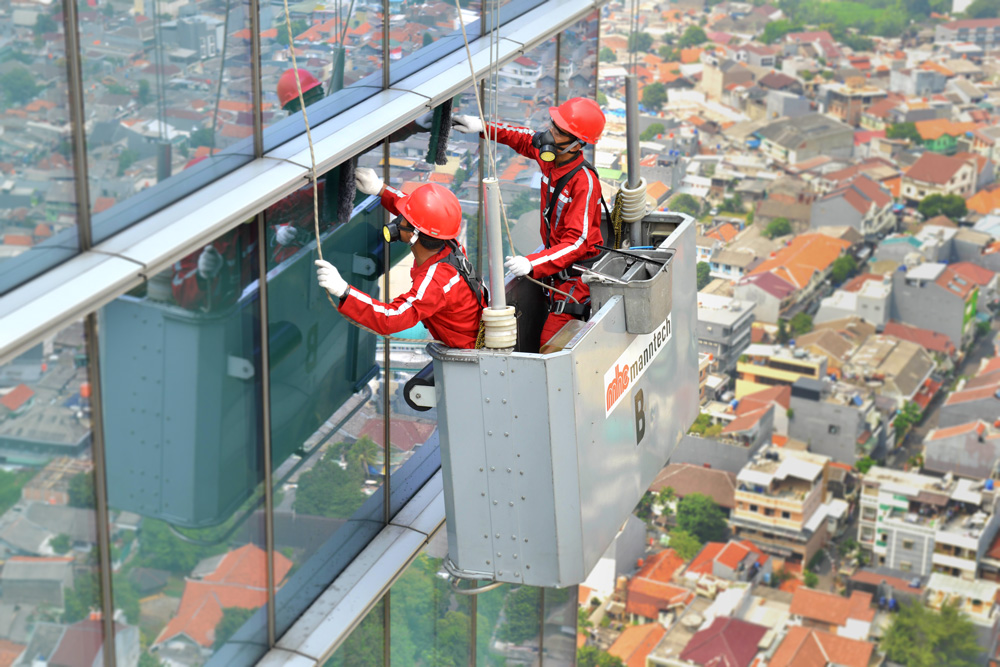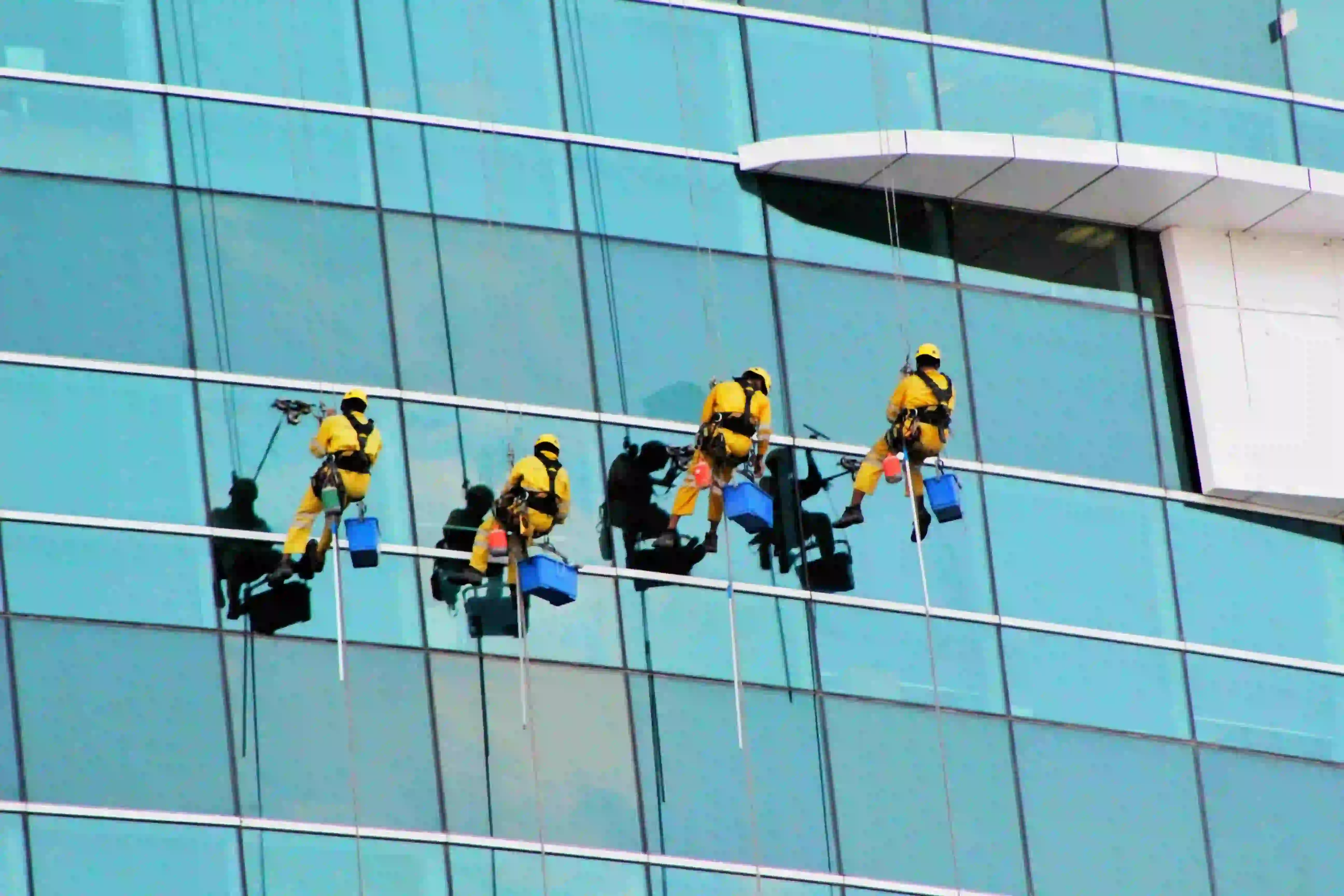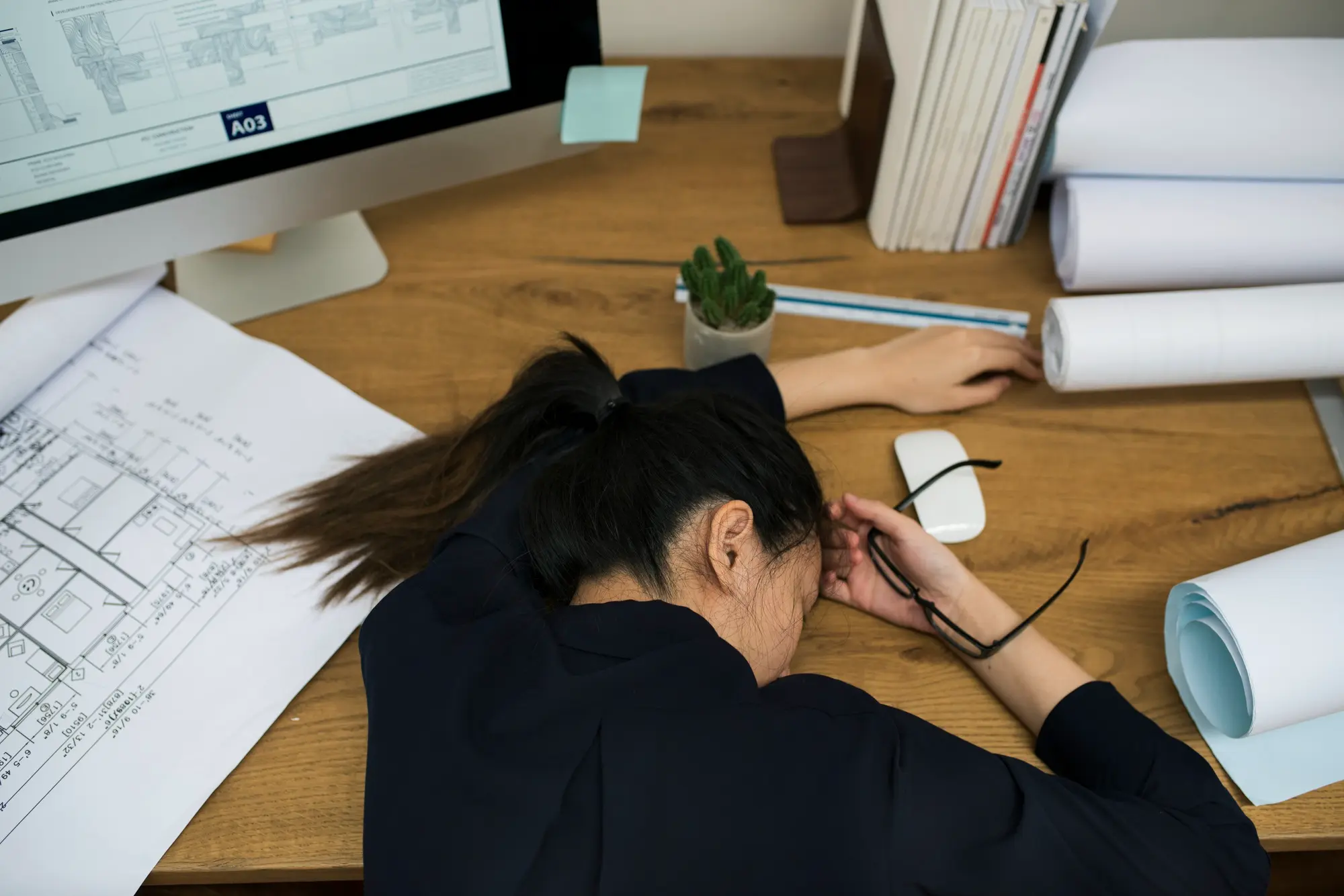Sick Building Syndrome is not an issue to be taken lightly—especially for companies aiming for optimal employee productivity. Without realizing it, a seemingly normal office building can become the source of various health complaints and decreased work performance.
Understanding this phenomenon is the first step to creating a truly healthy and comfortable office. Let’s explore the complete explanation below!
What is Sick Building Syndrome?
Sick Building Syndrome is a term used to describe a condition in which occupants of a building experience unexplained health symptoms that usually improve after leaving the building.
This phenomenon was first observed in the 1970s when many modern offices with sealed ventilation systems began to emerge.
The impact of Sick Building Syndrome on companies should not be underestimated. In addition to lowering work productivity, it can increase absenteeism, reduce morale, and even raise the risk of employee turnover.
A study conducted at the Tangerang City Government Office revealed that 75.8% of employees showed indications of Sick Building Syndrome.
This is a clear warning for companies to take building conditions and air quality in the workplace more seriously.
If left unaddressed, an unhealthy work environment will gradually diminish employee comfort and productivity.
Over time, the negative effects will be felt not only by employees but also in the overall stability and operational performance of the company.
Read Also:7 Office Cleaning Service Tasks for Maximum Cleanliness
6 Causes of Sick Building Syndrome
Sick Building Syndrome does not appear overnight. It results from the accumulation of various environmental factors, particularly in enclosed workspaces used for long periods. The main causes include:
1. Inadequate Air Ventilation
Poor ventilation is the leading cause of Sick Building Syndrome in many office buildings. Without sufficient air circulation, rooms become stuffy, oxygen levels drop, and pollutants accumulate.
Moreover, HVAC (Heating, Ventilation, and Air Conditioning) systems that are rarely cleaned can spread dust, mold, and microorganisms throughout the space—triggering respiratory issues, eye irritation, and headaches among employees.
2. Chemical Emissions from Building Materials and Furniture
Modern building materials such as synthetic carpets, wood coatings, adhesives, and wall paint may contain harmful chemicals like formaldehyde and Volatile Organic Compounds (VOCs).
These substances easily evaporate into the air, causing eye and throat irritation as well as mild to chronic respiratory problems.
Office equipment such as printers, photocopiers, and harsh chemical cleaning products also contribute to elevated VOC levels in the workplace..
Read Also: 10 Key Differences Between Deep Cleaning and General Cleaning You Should Know
3. Unstable Humidity and Temperature
Extremely high or low temperatures and low humidity directly affect comfort and health.
Rooms with humidity below 40% can cause dry skin, chapped lips, and respiratory irritation.
Inconsistent temperatures force the body to adapt constantly, lowering immunity over time.
4. Poor Lighting and Lack of Natural Light
Workspaces with insufficient lighting or overreliance on fluorescent lamps can cause eye strain and visual fatigue.
Lack of natural light also impacts psychological well-being, leading to stress, low mood, and even mild depression.
Poor lighting not only affects visual comfort but also long-term mental health.
5. Biological Contaminants
Damp, poorly maintained office environments provide ideal conditions for mold and bacteria growth.
Unserviced air conditioners, dusty carpets, and damp areas around pantries or toilets are common sources of biological contamination—causing coughing, sneezing, and allergic reactions ranging from mild to severe.
6. Psychosocial Factors in the Workplace
Physical discomfort is not the only cause—psychological stress also contributes to Sick Building Syndrome.
High workloads, lack of social support, monotonous environments, and limited personal space can trigger prolonged stress.
When combined with an uncomfortable physical environment, the risk of Sick Building Syndrome increases significantly.
Signs of Sick Building Syndrome?
To determine whether your office environment may be contributing to Sick Building Syndrome, watch for these common symptoms among employees:
-
Recurring Headaches: Appear while at work but improve after leaving the office.
-
Dry and Irritated Eyes: Caused by poor air circulation or dirty air conditioning.
-
Nasal Congestion and Throat Irritation: Triggered by dust, mold, or cleaning chemical.
-
Dry and Itchy Skin: Due to low indoor humidity.
-
Fatigue: From stuffy air and low oxygen levels.
-
Difficulty Concentrating: Linked to poor lighting, monotonous layouts, or noise.
-
Stress and Psychological Pressure: Caused by poor ventilation, noise, or uncomfortable office settings.
If these symptoms occur collectively in the workplace, it’s time for a thorough evaluation of your office building conditions.
Read Also:10 Essential Hospital Cleaning SOPs You Must Understand
5 Ways to Overcome Sick Building Syndrome
Addressing Sick Building Syndrome requires a holistic approach that covers both physical and psychological aspects of the work environment. Here are five strategic steps companies can take:
1. Improve Ventilation and Air Circulation
Ensure your office has adequate air circulation. Open windows regularly when possible, and service HVAC systems routinely.
Consider installing air purifiers or HEPA filters to trap harmful particles and allergens from indoor air.
2. Use Eco-Friendly Materials
Choose building materials and furniture that do not emit harmful chemicals such as formaldehyde. Opt for water-based, low-VOC paints, carpets, and adhesives.
3. Optimize Natural Lighting
Poor lighting affects mood and eye health. Maximize natural light in workspaces by using sheer curtains and positioning desks closer to windows.
4. Maintain Regular Office Cleaning
Cleanliness is key to a healthy work environment. Dust, mold, and bacteria can thrive in neglected spaces.
In addition to cleaning floors and desks, ensure ventilation ducts, ceilings, and outdoor areas are also well maintained.
Read Also: 9 Differences Between OB and Cleaning Service Often Misunderstood
5. Provide Green Spaces and Relaxation Areas
Indoor plants not only beautify the office but also absorb carbon dioxide and release fresh oxygen.
Creating relaxation spaces such as small gardens or lounges helps reduce stress and improve employee morale.
By implementing these five measures, companies can proactively reduce the risk of Sick Building Syndrome.
However, for long-term results, workplace maintenance requires the support of professionals who understand cleanliness and safety standards.
In this case, partnering with professionals such as SOS—experienced in managing office cleanliness—can help ensure a healthy workplace environment that supports productivity every day.
Keep Your Office Clean and Healthy with SOS Services
As an outsourcing company in Indonesia, SOS offers specialized Office Cleaning Services tailored to meet diverse corporate needs. Our services range from daily routine cleaning to periodic deep cleaning.
All our cleaning staff undergo professional training to work efficiently while adhering to strict safety standards.
We understand that comfort is essential for productivity—and cleanliness is the foundation of comfort.
Don’t let Sick Building Syndrome slowly harm your business. Create a clean, healthy, and productive office environment with the help of SOS professional cleaning services.
Contact SOS via WhatsApp now for a free consultation on your office cleaning needs!





